When I returned home from my time living in Italy, I was eager to share stories of my travels, my findings, and my experiences with friends and family. Over and over, I found that I was passionately telling others about one of my favorite neighborhoods in Rome, the historic Roman Jewish Ghetto. Somehow I found myself in this neighborhood frequently, often twice a week, nearly every week I was in Rome.
During one of my many storytelling ventures, I was talking about the history of this neighborhood I became so fond of. One of my relatives responded, “I did not know that the Nazis took occupation of other countries than Germany.” This, of course, took me by surprise. I thought it was commonly understood how far the Nazi regime spread during WWII. From there, I started a larger conversation with my family to educate them on the occupation and explain that nearly every country—nearly every city—was occupied and destroyed.
While my relative’s statement surprised me, I realized that there may be many people out there that do not understand the extreme depths of WWII. I did not know the depth of the “Roman Ghetto” until I moved there. So, for those like myself, my family, or anyone else lost in the horrors of one of the most destructive periods of humanity, here is a brief glimpse into the history of WWII’s impact on one small neighborhood—the Roman Ghetto.
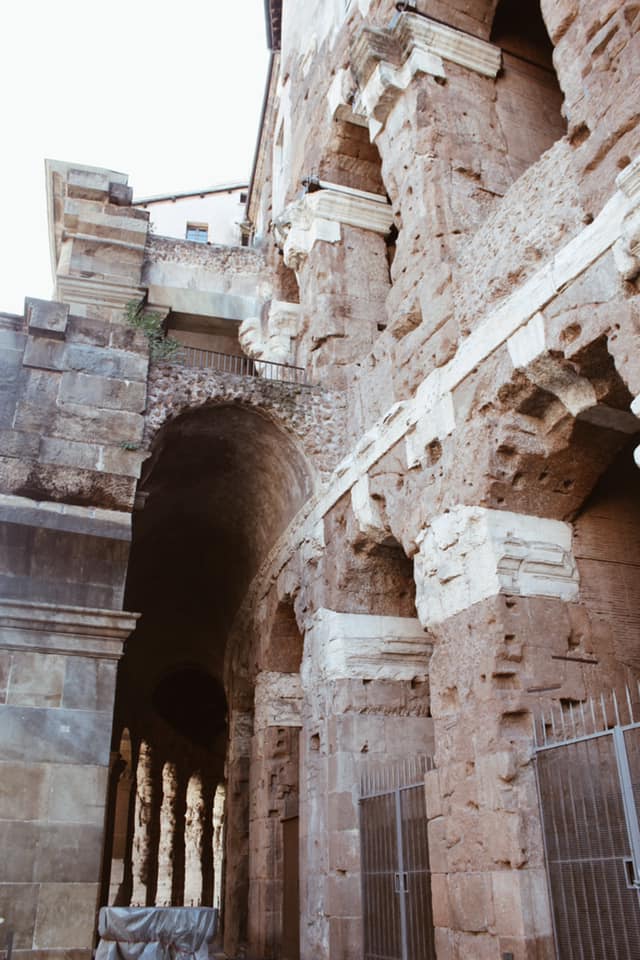
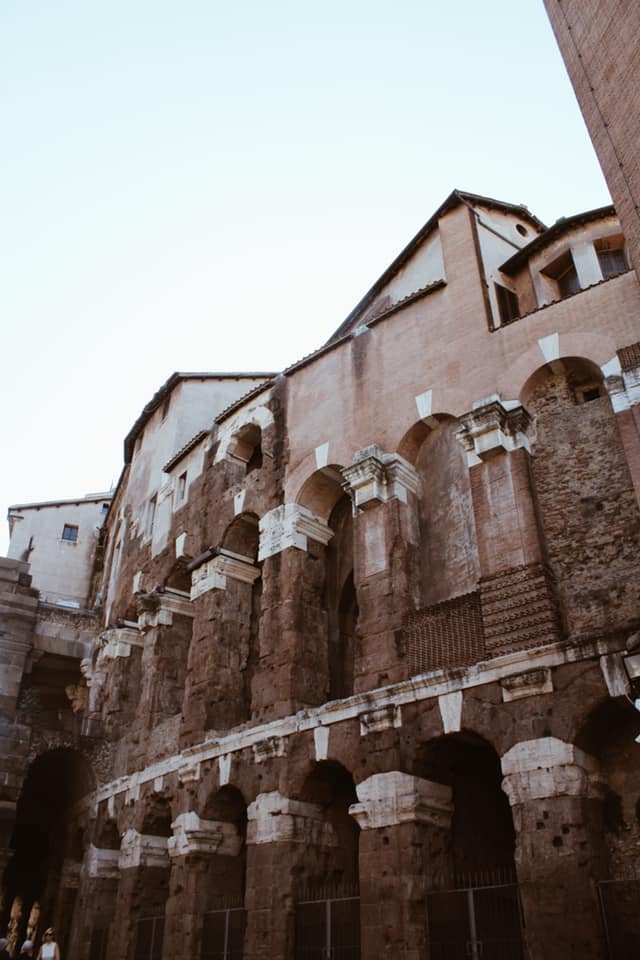
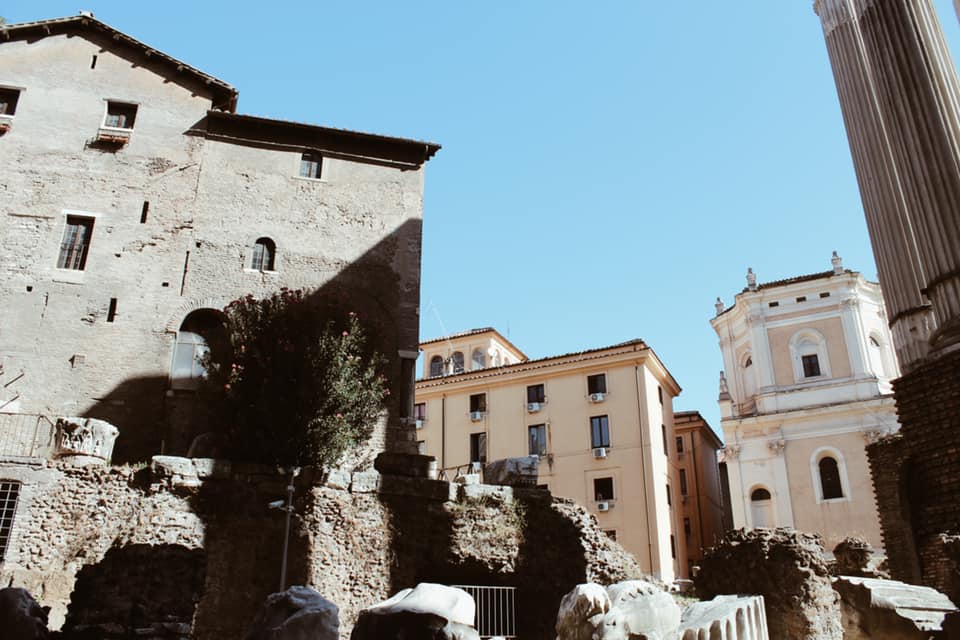

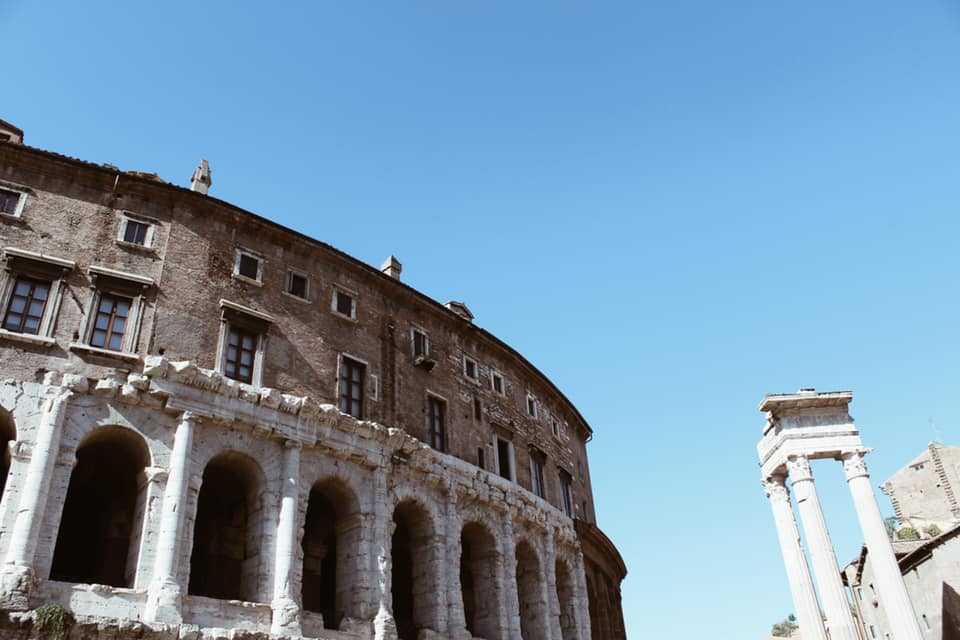




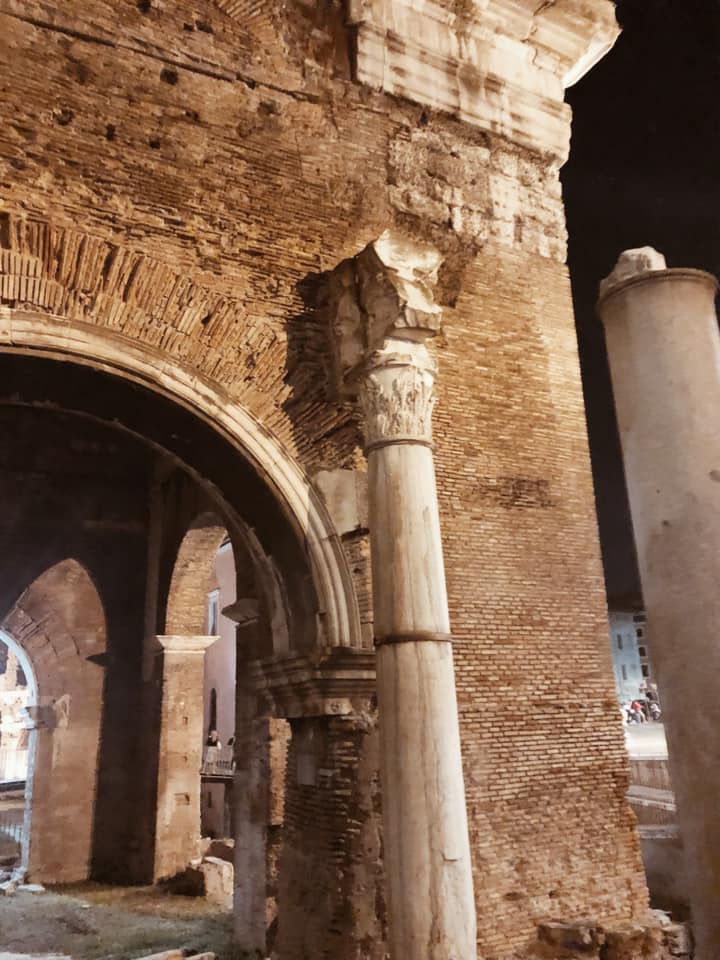
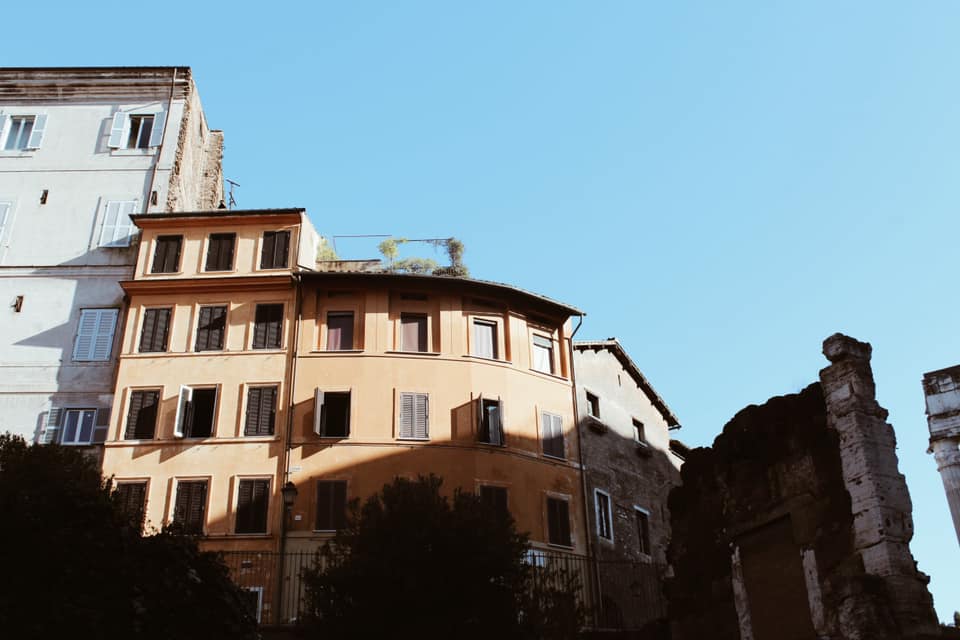
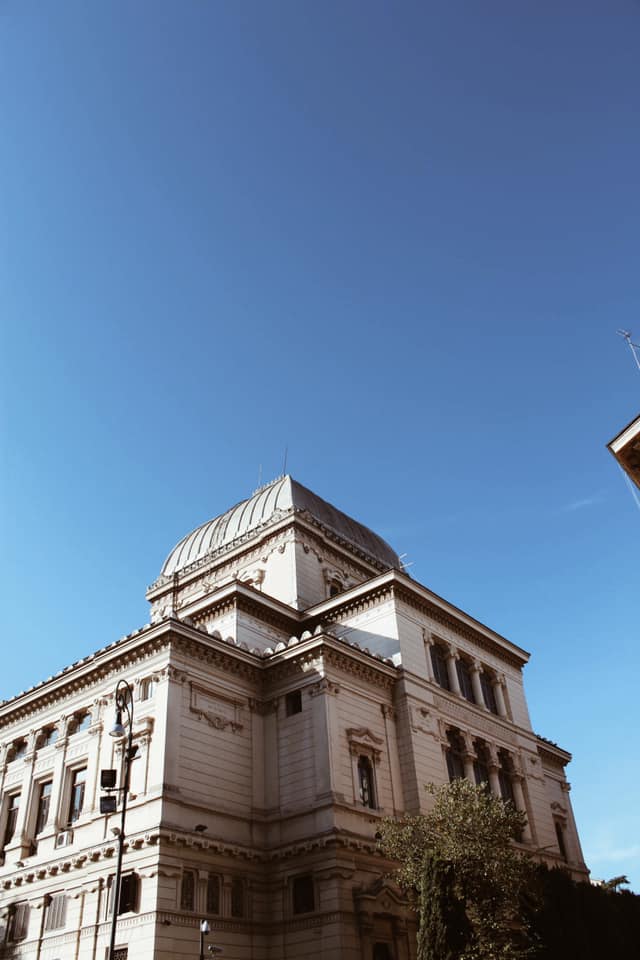
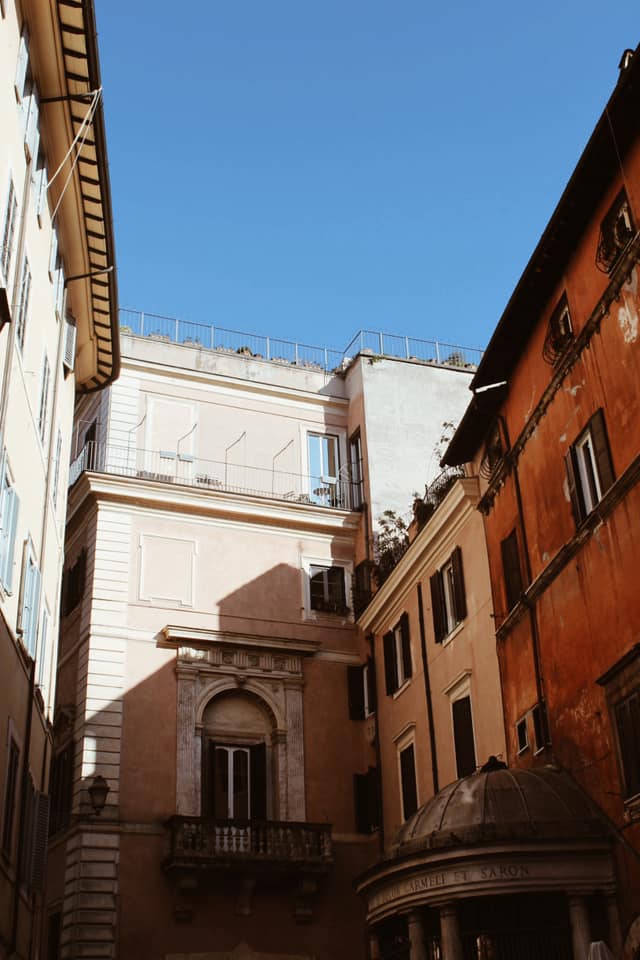
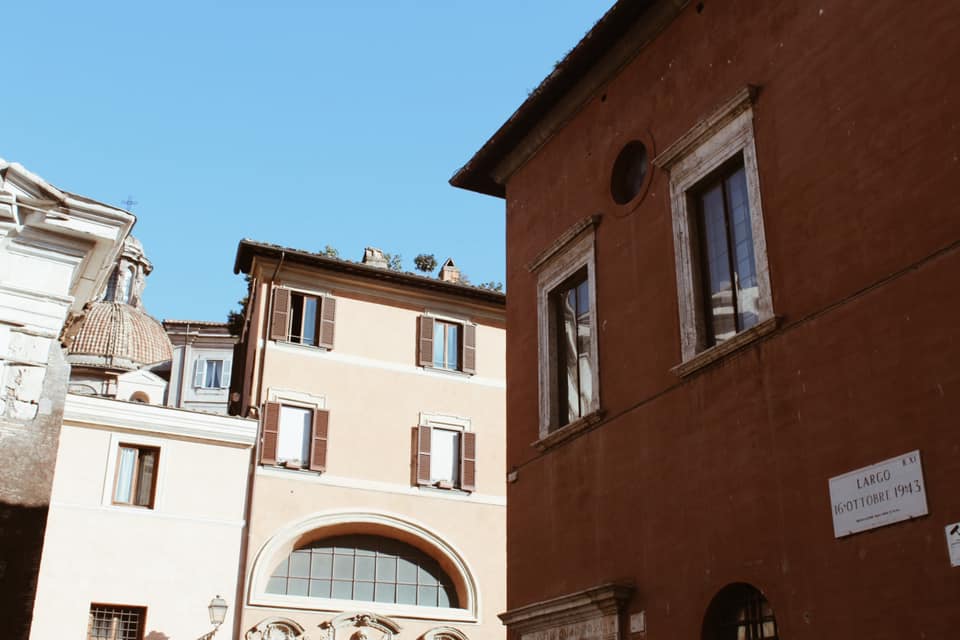
The history of the Roman Ghetto is rich, heartbreaking, and important, just as any meaningful history is if you care enough to understand it. The Roman Ghetto is located in the heart of Roma, living right between the Pantheon and the Colosseum.
It is easy to see this neighborhood and get overwhelmed with the smells of the Jewish cuisine and the beautiful buildings. However, it is important to stay focused on what the area holds, so you can better understand the world that we live in.
The Ghetto was established in 1555, in the Rione Sant’Angelo, just south of the popular Campo de Fiori. The Ghetto was crowded, with discriminatory laws dictating what professions could be held, what food could be eaten, and what amount of life could be lived. Fast-forwarding to WWII, the Roman Ghetto was again built up to imprison the Jewish population of Rome. Walled in and overcrowded, the Jewish inhabitants lived in a neighborhood no bigger than a small shopping complex.
On October 16th, 1943, the Nazi commanders marched into the Roman Ghetto and deported an estimated 1,000 to 2,000 people. Only 16 survived the massacre and deportation.
Today, there is a small monument detailing the atrocity, standing high upon one of the charming buildings, hoping all who enter will read and learn.
When you enter the Roman Ghetto, there is certainly a lot to see, take in and understand. The famous Teatro Marcello lives in the Roman Ghetto, standing in almost perfect form. The theatre was built for Marcus Marcellus, the nephew of Emperor Augustus. It was completed in 13 BC and is often called the Jewish Coliseum, as it resembles the original Colosseum, just lacking in size. Moving through the Roman Ghetto, you also must see the Great Synagogue of Rome, the largest synagogue in Italy, which makes it all the more special when juxtaposed to the horrors of the haunted streets. The Jewish Museum of Rome sits between these two monuments, a must-see during your visit to the Roman Ghetto, as it holds the truth and the terror of the neighborhood’s history.
Of course, it is easier to know and understand the Nazi occupations in cities which played a central role in WWII, such as Krakow, Berlin, and Amsterdam. However, this Jewish Museum makes a dedicated effort to journey visitors through the history of every city in Europe that was destroyed by the Nazis—cities I did not even know lost citizens to the war. A visit here is incredibly moving and well done, especially for a museum with such strong emotional content.
A modern-day stroll through the Roman Ghetto is full of Jewish stores, restaurants, and culture. Roman Jews embrace visitors and are eager to share their experiences and delicacies. When you walk through the neighborhood today, you can’t help but smile. This may seem strange, given the history, but you smile because when you stop and look around at the beautiful people that inhabit the charming neighborhood, you can see their love, their passion, and their empathy for their culture.
You will learn a great deal. You will cry many tears. You will leave, full of emotion—happiness, sorrow, hope. You will become inspired to be kind.
Go to the Roman Ghetto. Do yourself and the world a favor. It is important to learn the horrors of history, so you can be on the front line to stop it if you ever see it happening again.

